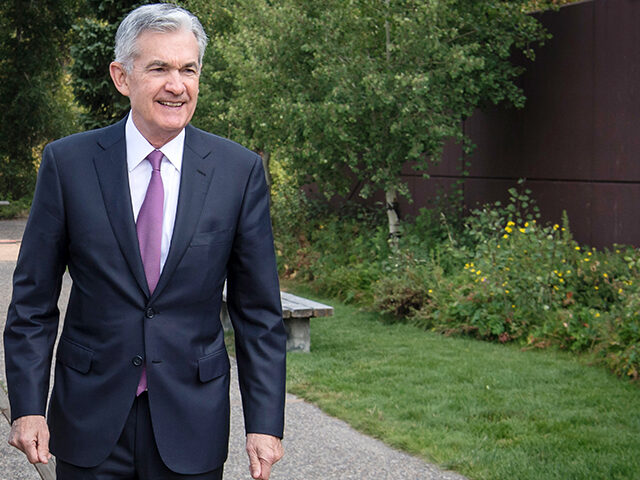A closely watched measure of U.S. inflation showed price increases slowing in February, suggesting some progress in the Federal Reserve’s efforts to restore price stability.
The Commerce Department said Friday that the cost of U.S. goods and services measured by the personal consumption expenditure price index rose by 0.3 percent in February, down from the sharp 0.6 percent rise in January.
Compared with a year ago, the PCE price index is up five percent. In January, the 12-month increase was 5.3 percent. The February figure is the lowest in a year and a half.
The Federal Reserve uses the so-called PCE price index in its official two percent inflation target and its inflation projections. The most recent projections showed the median expectation for inflation for this year is 3.3 percent.
Economists had forecast the year-over-year inflation would come in at 5.1 percent and the monthly figure would be 0.4 percent, so the data were better than expected.
Core prices, which exclude food and energy, were also up 0.3 percent for the month, below the expected 0.4 percent. Compared with a year earlier, core PCE inflation is up 4.6 percent, below the 4.7 percent increase expected.
In order to smooth out month-to-month volatility and detect the underlying trend in inflation, many economists annualize several months of inflation data. Three month annualized core PCE inflation was 4.9 percent through February. Six-months annualized was 4.5 percent. That suggests a recent trend of increasing inflation.
At their meeting this month, Fed officials projected that they would raise their interest rate target one more time this year. However, recent turmoil in the banking sector has caused markets to doubt the Fed will hike again. Current prices of derivatives based on the Fed’s target suggest several cuts by the end of the year, creating a large gap between market expectations and Fed projections.

COMMENTS
Please let us know if you're having issues with commenting.